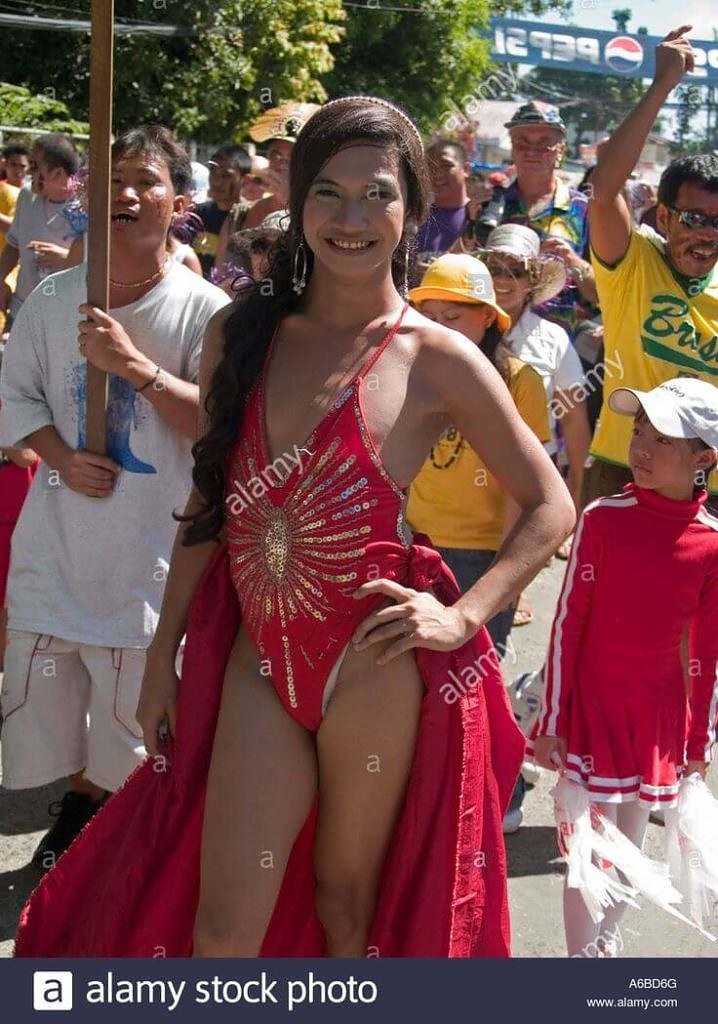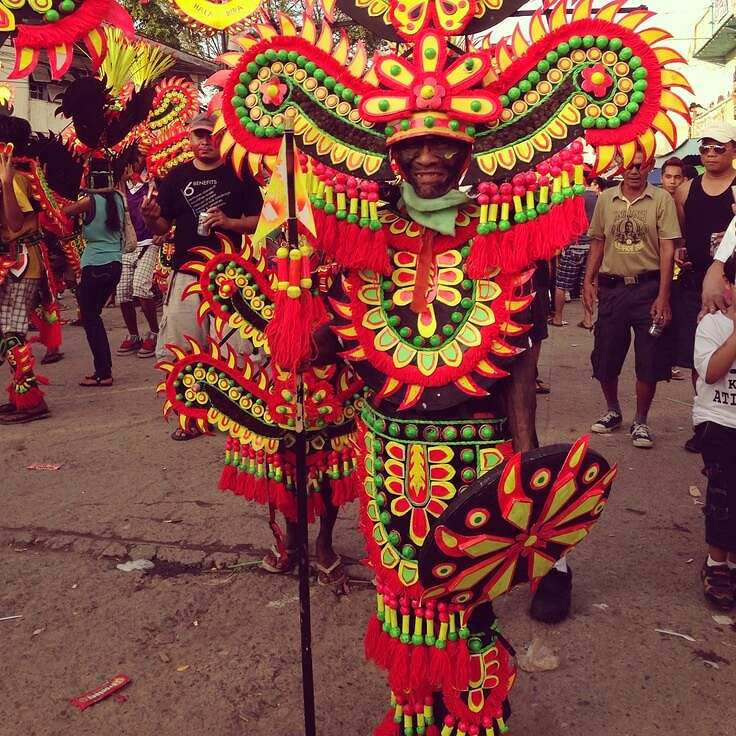Ati-Atihan Festival: A Cultural Extravaganza in Kalibo
The Ati-Atihan Festival in Kalibo is a remarkable celebration that embodies the rich cultural heritage of the Philippines.
The Ati-Atihan Festival, celebrated in the heart of Kalibo, Aklan, stands out as one of the most vibrant and culturally rich events in the Philippines. Often referred to as the “Mother of All Philippine Festivals,” this week-long celebration in January attracts thousands of visitors from all over the world. It is a grand showcase of the Philippines’ unique blend of indigenous and Catholic traditions, brought to life through lively street dancing, elaborate costumes, and rhythmic music.
Historical Roots of the Ati-Atihan Festival
The origins of the Ati-Atihan Festival date back to the 13th century, long before the arrival of Spanish colonizers. The festival commemorates the peaceful barter transaction between the ten Malay chieftains, known as Datus, and the Ati people, the original inhabitants of Panay Island. This historic encounter is celebrated with participants painting their faces with soot to mimic the dark-skinned Ati and donning traditional Ati-Atihan costumes.
The Role of the Santo Niño
While the festival has deep indigenous roots, it has also incorporated significant elements of Catholicism over the centuries. The Ati-Atihan Festival is held in honor of the Santo Niño, or the Infant Jesus, a central figure in Filipino Catholicism. The blending of these two traditions is one of the most interesting aspects of the Ati-Atihan Festival, showcasing how Filipino culture can harmoniously integrate different beliefs and practices.
The Ati-Atihan Costume1
One of the highlights of the Ati-Atihan Festival is the spectacular Ati-Atihan costumes. These costumes are a feast for the eyes, made from a variety of materials including native textiles, natural fibers, and even recycled items. Participants dress in bright, multi-colored outfits adorned with beads, feathers, and other decorative elements. The headgear, often large and elaborate, features towering headdresses that add to the grandeur of the parade.
These costumes are not only visually stunning but also steeped in cultural significance. They reflect the creativity and resourcefulness of the local artisans and are designed to accommodate the energetic street dancing that defines the festival. The movements of the dancers, enhanced by their flowing and dynamic costumes, create a mesmerizing spectacle that captures the essence of the festival.



Traditional Elements
The core of the Ati-Atihan costume lies in its homage to the Ati people, the original inhabitants of Panay Island. Participants traditionally paint their faces and bodies with black soot or wear blackface makeup, symbolizing the dark-skinned Ati. This practice is a reenactment of the historical encounter between the Malay chieftains and the Ati people, reinforcing the festival’s origins and its name, which means “to be like Atis.”
Materials and Design
Ati-Atihan costumes are a vibrant explosion of colors, textures, and patterns. They are often crafted from a variety of materials, including:
Native Textiles: Fabrics such as jusi (silk) and piña (pineapple fiber) are commonly used, reflecting the traditional weaving practices of the region.
Natural Materials: Leaves, bamboo, and abaca fibers are incorporated to emphasize the festival’s connection to nature and indigenous craftsmanship.
Recycled Materials: In recent years, there’s been a creative push towards using recycled materials such as plastic bottles, newspapers, and other discarded items. This not only showcases environmental awareness but also highlights the resourcefulness and ingenuity of the local artisans.
The design of the costumes is a kaleidoscope of intricate patterns and motifs, often adorned with beads, feathers, shells, and sequins. The headgear, usually large and elaborate, features towering headdresses decorated with vibrant feathers and other ornamental elements, adding to the overall grandeur.
Themed Costumes
Apart from traditional attire, the Ati-Atihan Festival also embraces themed costumes, allowing participants to explore various cultural, mythical, and contemporary motifs. These themed costumes often tell stories or represent characters from Filipino folklore, historical events, or even modern-day icons, adding an element of storytelling to the parade.
Unique Features of the Ati-Atihan Festival
The Ati-Atihan Festival is renowned for several unique features that set it apart from other Philippine festivals. One of the most interesting aspects is the “Sadsad Pagpasaeamat,” a street dancing event where participants and spectators alike take to the streets, dancing to the beat of drums, whistles, and indigenous instruments. This communal dance fosters a sense of unity and shared celebration among the participants.
Another fascinating element is the procession of the Santo Niño. Devotees carry statues of the Infant Jesus through the streets, accompanied by prayers and hymns. This religious procession is a powerful expression of faith and devotion, adding a spiritual dimension to the festive atmosphere.
Additionally, the festival includes various other activities such as beauty pageants, parades, and competitions, all contributing to the lively and joyous ambiance. The communal effort in organizing these events highlights the strong sense of community and cooperation among the residents of Kalibo.
Cultural Impact and Tourism
The Ati-Atihan Festival is not only a cultural celebration but also a significant driver of tourism in Aklan. It attracts both local and international tourists, providing a boost to the local economy. The influx of visitors during the festival period brings business to hotels, restaurants, and local vendors, showcasing the economic benefits of cultural tourism.
Moreover, the festival plays a crucial role in preserving and promoting Filipino cultural heritage. It serves as a platform for the younger generation to learn about and appreciate their history and traditions, ensuring that these cultural practices are passed down and kept alive.
FAQs
When is the Ati-Atihan Festival celebrated?
The festival is celebrated every January, culminating on the third Sunday of the month. The festivities typically span eight days.
How can visitors prepare for the Ati-Atihan Festival?
Visitors should book accommodations early due to high demand, wear comfortable clothing and shoes for walking and dancing, and be prepared for large crowds. It’s also advisable to stay hydrated and protect oneself from the sun.
How can I participate in the Ati-Atihan Festival?
Visitors can participate by joining the street dancing, attending the religious processions, and enjoying the various events and activities. Some groups may allow visitors to join their dance troupes, but it’s best to inquire in advance.
